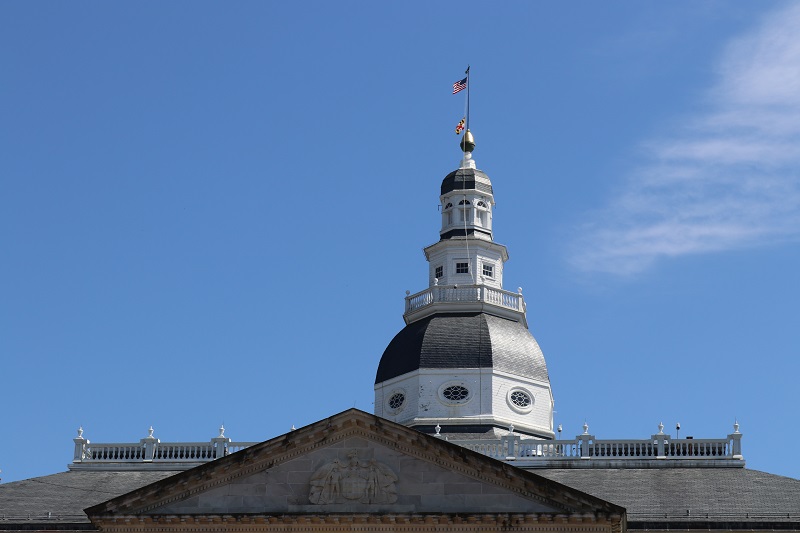
Expanding Maryland’s sales tax to most services would generate more than $3.7 billion in new taxes in five years, according to the fiscal analysis released on the eve of a bill hearing expected to draw crowds to Annapolis on Monday.
Business groups across the state oppose the proposal from House Majority Leader Eric G. Luedtke (D-Montgomery), which would extend the state’s sales tax ― albeit at a lower rate ― to many everyday and business services that haven’t been taxed previously.
Luedtke put forward the bill as a potential source of revenue to cover increased state spending on education reform. Republican Gov. Lawrence J. Hogan Jr. has begun running ads against the proposal and vowed that it’s “not going to happen as long as I’m governor.”
Legislators will begin grappling with what the tax proposal could mean at a hearing before the House Ways and Means Committee on Monday afternoon. Previous efforts to levy sales taxes on services in Maryland, and in most other states, have failed in the past. And if Luedtke’s proposal is to move forward, lawmakers will have to figure out challenges including how to quantify and track the value of services, and how to tax complex transactions like legal contingency fees.
Luedtke’s bill as currently drafted could have a dramatic effect on businesses. More than $3 billion in the increased taxes would be for business services, professional services and information services, which are largely consumed by other businesses.
The bill would impose taxes on everyday services as well:
- $141.4 million in 2025 on leisure and recreation services, which includes amusement parks, fitness centers and movies.
- $172.6 million on maintenance and repair services for things like cars, campers, electronics and jewelry.
- $131.5 million on personal services, including veterinary care, funeral services and dry cleaning.
Small businesses might face competition from nearby states. Fiscal analysts estimated that 5% of transactions on services could decrease, either because consumers are dissuaded by increased costs, or they choose to shop across state lines.
However, the bill would also decrease the state’s current sales tax rate from 6 cents per dollar to 5 cents. Analysts estimate that Marylanders would spend about $796.5 million less on taxes for retail goods by 2025.
Taken together, the reduction in the tax rate and the expansion to services would increase state sales tax revenues by $2.9 billion in the 2025 fiscal year, according to the analysis.
Maryland’s current sales and use tax is the state’s second largest source of general fund revenue ― estimated to bring in about $5 billion this year. Shifting the state’s sales tax has been a source of discussion in Annapolis for years, as consumption has shifted from tangible goods towards services and digital goods.
The General Assembly last considered expanding the state’s sales tax to some services in 2012. That measure, which would have applied to about 30 types of services, was estimated to generate about $600 million annually at that time.
In an August 2019 annual report, Andrew Schaufele, director of Maryland’s Bureau of Revenue Estimates noted that Maryland’s current sales tax policy “is increasingly out of step with consumption patterns.”
The state has seen weak growth in sales and use tax revenues in past years and the shrinking tax base increases the volatility of state revenues because consumers will avoid spending during economic hardships.
Comptroller Peter V.R. Franchot (D), who plans to run for governor in 2022, has said recently he wouldn’t support “a massive tax increase” to fund education reform proposals, and would prefer reforms that can be done within the state’s existing budget.
A 10-year education reform plan proposed by the Commission on Innovation and Excellence in Education has driven much of the Legislature’s agenda in the 2020 session, as lawmakers search for additional revenue to cover the increased education costs. An amended funding formula under consideration by key legislative committees could require state education spending to increase by more than $2.9 billion annually by 2030.
On Friday, one of Hogan’s political entities launched a 30-second ad condemning the sales tax proposal.
“This one tax hike would destroy everything we’ve done for the past five years to turn our economy around,” Hogan tweeted.
Four states broadly tax services: Hawaii, New Mexico, South Dakota and West Virginia.




 Creative Commons Attribution
Creative Commons Attribution